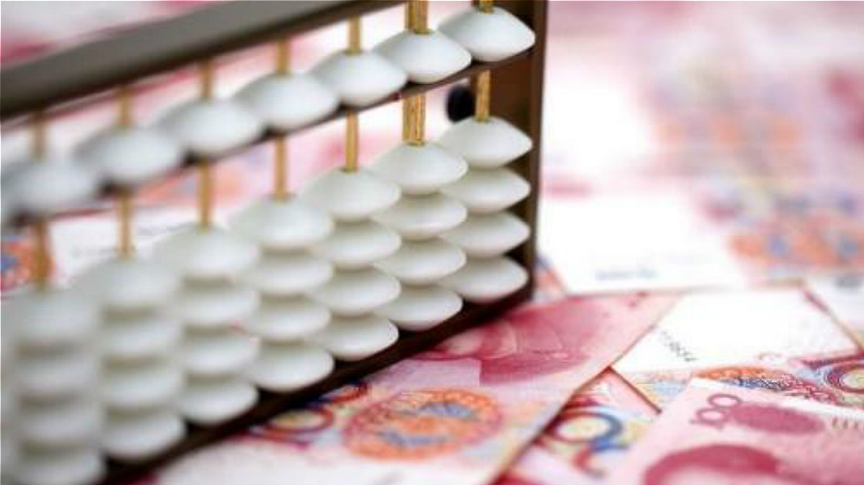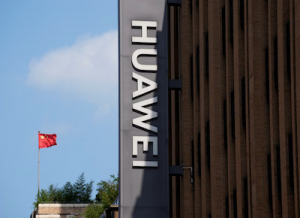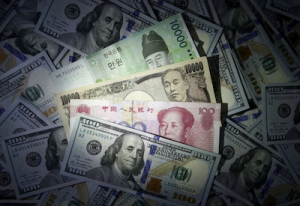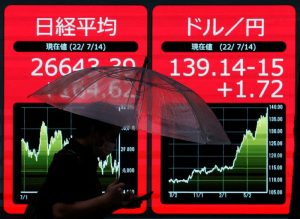(ATF) The modernisation of China’s bond markets took another step with the first issuance of a bond priced against a replacement benchmark for LIBOR and the debut international listing of a Chinese bank’s debt.
China’s new variable interest bond will be benchmarked against its Depository-Institutions Repo Rate, or DR. This will be used at the country’s risk-free-reference rate when the internationally recognised LIBOR is discontinued next year.
Read Related News on ATF
- China confiscates $4.2 billion in crypto assets from PlusToken scam
- Trump gets personal with new China visa ban
- SOE bonds climb on default containment bets
Governments and companies all over the world are recalibrating their existing and new bonds, loans and other securities priced against LIBOR – the London Interbank Offered Rate. The switch was prompted by a damaging rigging scandal, which sapped confidence in the benchmark.
New reference rates including the Fed’s Secured Overnight Financing Rate, The Bank of England’s Sterling Overnight Index Average and the European Central Bank’s European Overnight Index Average.
The People’s Bank of China said in August it would use the DR as its monetary policy adjustment and market price-setting to improve pricing within its capital markets. China’s bond market is the second largest in the world.
Analysts say such products would help improve China’s benchmark interest rate system, and facilitate monetary policy transmission.
Avert risks
Floating-rate bonds could also help investors and issuers avert risks from volatility in interest rates, but such instruments account for just 1% of China’s bond market, mostly using the Shanghai Interbank Offered Rate (AHIBOR), according to official data.
Shibor is calculated using banks’ price quotations. However, DR is based on daily repo trading averaging 1.8 trillion yuan, and is the most recognised “barometer” of China’s banking system liquidity, the PBOC said in August.
Read More: ATF China Bond 50 Index
In addition to floating-rate bonds, PBOC is also encouraging financial institutions in China to use DR as a reference to price other products, such as interest rate swaps and negotiable certificate of deposits (NCDs).
Last week, China’s interbank market platform rolled out value calculation services for interest rate swaps based on DR, and also started charting yield curves for such derivatives.
Meanwhile, China Development Bank (CDB) has listed six of its bonds on the Singapore Exchange, the latest move in China’s effort to internationalise its capital markets.
The yuan-denominated listing has been hailed by the lender as a big development in China’s bond markets.
It “strengthens the connectivity between the financial markets in China and Singapore, and plays a key role in the development and internationalisation of China’s financial markets”, said a CDB spokesman.
* Additional reporting by Reuters
























